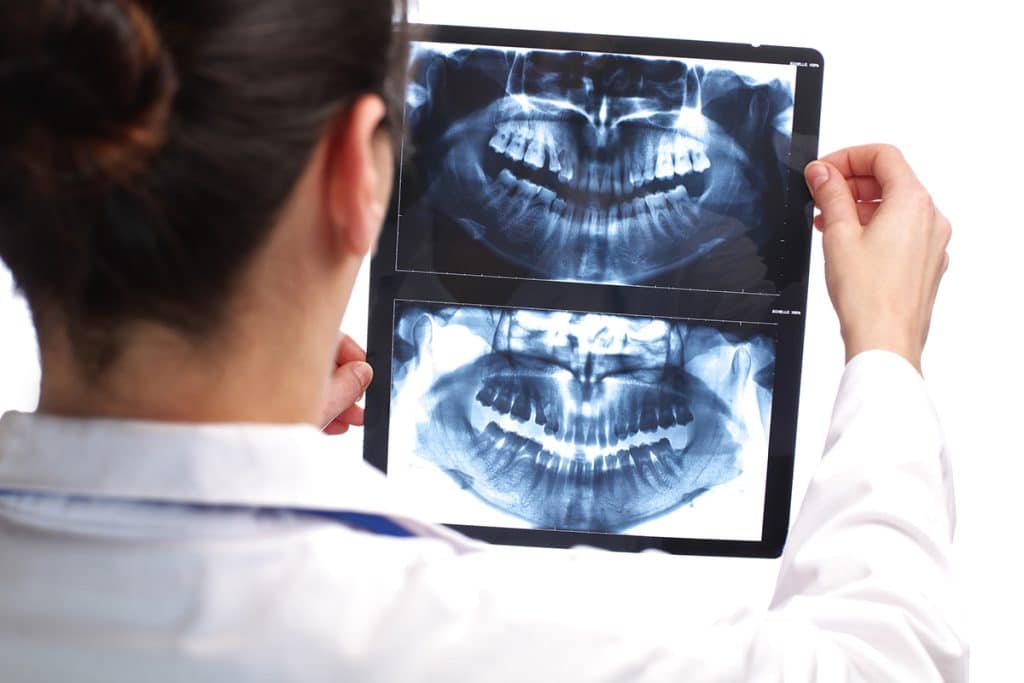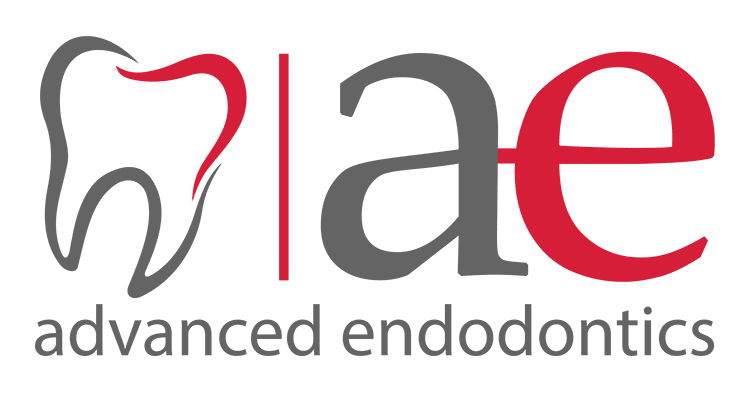Cone Beam CT vs. Traditional CT Scans: Which is Better for Dental Imaging?

When it comes to medical and dental imaging, advancements in technology have significantly broadened the tools available to dental professionals and specialists. Two of the most common imaging technologies utilized are Cone Beam Computed Tomography (CBCT) and Traditional CT (Computed Tomography) Scans. But with these advanced options, you might wonder, "Which one is better for dental imaging?"
To answer this question, we’ll compare these two imaging technologies side by side. Whether you're a patient considering treatment or a professional exploring the best tools for dental care, this guide will give you a better understanding of their applications, advantages, and limitations.
Overview of Cone Beam CT Scans
Cone Beam CT, also referred to as CBCT, is a cutting-edge imaging technology specifically designed for use in dental and maxillofacial imaging. Unlike traditional CT scans, CBCT emits a cone-shaped X-ray beam to capture detailed, 3D images of teeth, jawbones, soft tissue, and nerve pathways in a single, swift rotation.
What sets CBCT apart is its focus on high-resolution, localized imaging. It offers superior accuracy for dental professionals without requiring the broad imaging capabilities of a traditional CT scan. CBCT scanners are widely used in various dental applications, including oral surgery, endodontics, and implant planning.
Key Benefits of Cone Beam CT Scans
- Enhanced Precision: CBCT provides highly detailed, three-dimensional imaging, making it easier for specialists to diagnose complex dental issues.
- Low Radiation Exposure: Compared to traditional CT technology, CBCT minimizes radiation exposure to patients while still delivering accurate results.
- Quick and Convenient: The scanning procedure is fast, often completed in under a minute, which improves patient comfort and reduces time spent in the chair.
Traditional CT Scans in Dental Care
Traditional CT scans have been around for decades and are widely used across medical fields, but dental imaging isn’t always their primary focus. These scans utilize a fan-shaped X-ray beam that rotates around the patient to capture images of the internal structures of the body. While traditional CT scans excel in capturing comprehensive views of large areas, they aren’t as tailored to dental needs as CBCT.
That being said, traditional CT scans are sometimes used in dental care for complex cases requiring extensive imaging. For example, they might be employed when issues extend beyond the oral cavity and into surrounding facial or sinus structures.
Key Benefits of Traditional CT Scans
- Broad Scope: Traditional CT scans are capable of imaging not just the teeth and jaw but also surrounding structures, such as the nasal cavity and skull.
- Useful for Complex Cases: For situations where dental issues involve surrounding bones or tissues, traditional CT can provide a more extensive view.
- Readily Available: Usually found in hospitals and larger medical imaging centers, traditional CT scanners are widely accessible.
Comparing CBCT and Traditional CT for Dental Imaging
If we compare these imaging tools side by side, the differences become evident in how they serve dental professionals.
- Specialization:
- CBCT is specifically designed for dental and maxillofacial applications, providing focused imaging tailored for dental uses like root canal therapy, implant placement, and jaw alignment procedures.
- Traditional CT has a broader focus, making it ideal for cases where imaging beyond the oral cavity is required, such as trauma assessment involving facial bones.
- Radiation Exposure:
- CBCT is a clear winner when it comes to minimizing radiation. Its focused cone beam significantly reduces patient exposure compared to the multiple rotations of a traditional CT scan.
- Traditional CT scans, while offering more extensive imaging, typically involve higher radiation levels.
- Image Detail and Size:
- CBCT delivers incredibly detailed, high-resolution 3D images critical for precise dental diagnostics and treatment planning.
- Traditional CT scans are more comprehensive but often sacrifice the fine detail needed for specialized dental procedures.
- Cost and Accessibility:
- CBCT scans are often more affordable than traditional CT scans for patients because they focus on a smaller area.
- Traditional CT scans, given their general use in medical imaging, may be located in hospital settings, making them harder to access for specific dental needs.
Why CBCT is Becoming the Gold Standard in Dental Imaging
The increasing integration of Cone Beam CT technology in modern dental practices is no coincidence. Its ability to combine precision with patient safety makes it an invaluable tool for clinicians. Whether it’s deciding on the perfect placement for a dental implant or evaluating the success of root canal therapy, CBCT empowers specialists with unparalleled insights.
Frequently Asked Questions About Digital Imaging
What is the main difference between CBCT and traditional CT scans?
The key difference lies in purpose and precision. CBCT is specifically designed for dental imaging and provides high-resolution 3D data optimized for oral structures. Traditional CT scans, on the other hand, are broader in scope and capture larger areas but may lack the detail needed for precise dental treatment.
Is CBCT safe for patients?
Yes, CBCT is considered very safe for patients because it emits significantly lower radiation compared to traditional CT scans. It’s particularly favored in dental care for its blend of safety, speed, and precision.
At Advanced Endodontics, we specialize in saving your natural teeth with the latest in dental technology, including CBCT imaging. We proudly serve patients in Clermont, Lake Mary, Orlando, and beyond. To book a consultation, contact us.
Recent Posts
Contact Us
ClermontLake MaryOrlando
Port Orange
Winter Park - Lakemont
Winter Park - Morse
